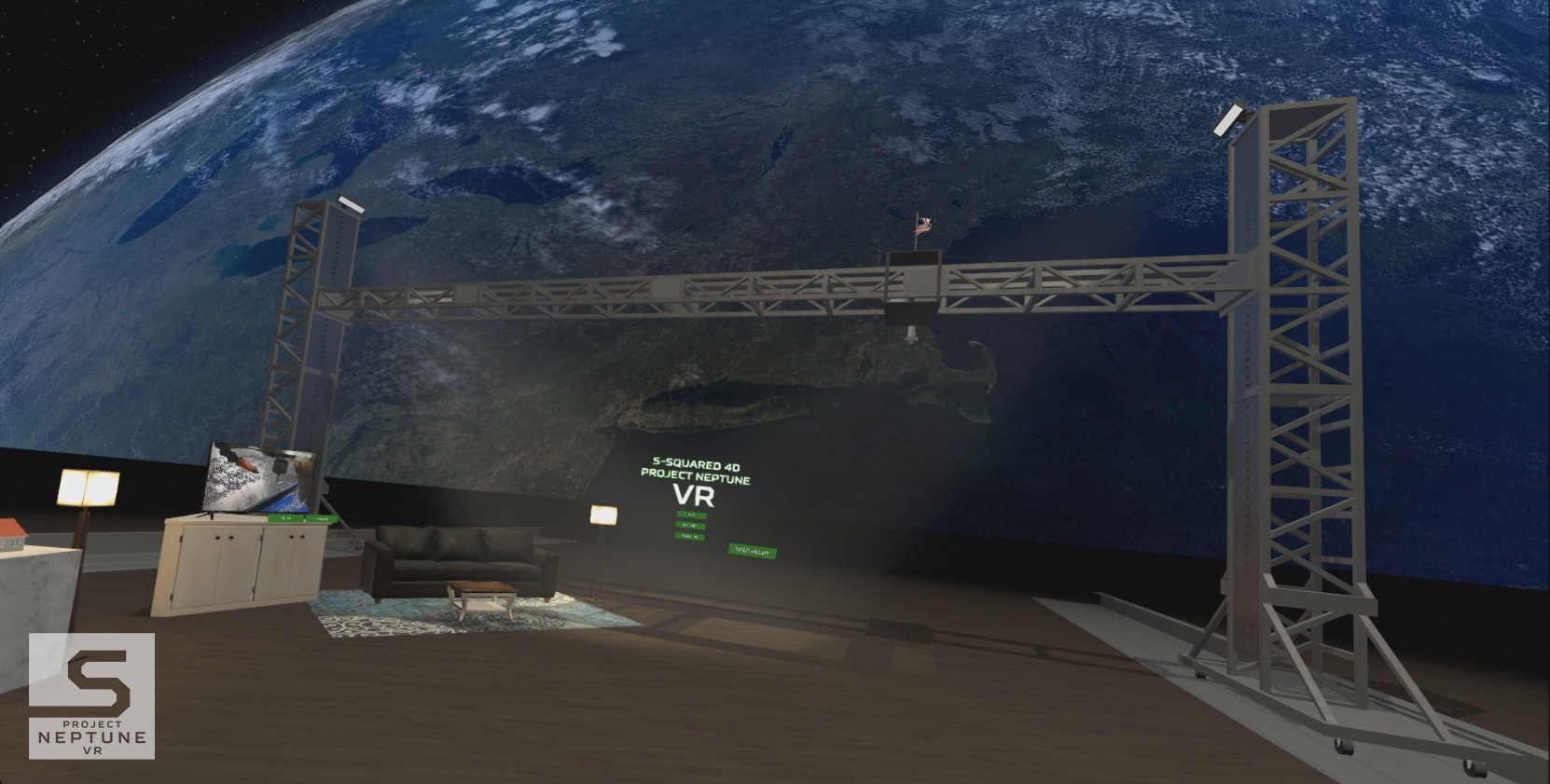

Most current space missions for exoplanets do not cover this key area”īeyond Earth-like worlds, the project will shed light on a host of questions about many other kinds of exoplanets, which are worlds outside of our solar system, including free-floating planets-also known as unbound or rogue planets–that have been ejected from their star systems, or that formed in interstellar space. “Therefore, it is necessary to identify Earth 2.0s first before extraterrestrial life can be possibly detected. “Habitable Earth-like planets around solar-type stars, i.e., Earth 2.0s, are likely the most favorable places to search for extraterrestrial life due to their potentially having physical, chemical, and potentially biological environments similar to Earth,” ” said the mission team-which is led by Jian Ge, a professor at the the Shanghai Astronomical Observatory of the CAS-in the white paper.


Once identified, these worlds could be scanned for signs of life, called biosignatures, by other telescopes, which could yield insights into one of the most persistent questions in human history: Are we alone in the universe? This central focus on Earth 2.0s is part of a larger international effort to find worlds that might be potentially habitable.


 0 kommentar(er)
0 kommentar(er)
